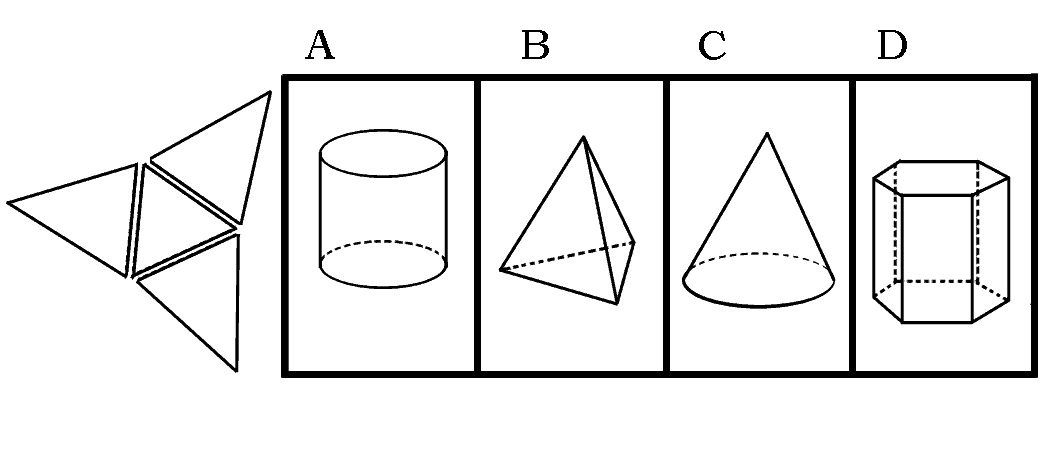
Spatial Relations Practice – Visual Acuity
- Posted by Brian Stocker
- Date March 25, 2020
- Comments 5 comments
Spatial Relations
Spatial relations visual acuity questions usually appear with mechanical comprehension questions.
Spatial relations questions take 2 or 3 dimensional objects and ask that you process or visualize them in some way. Visual acuity refers to your ability to discern the shapes and details.
Tests that have spatial relations questions include, test for engineering, some trades and technology fields.
Spatial Relations Practice Questions
1. When put together, what 3-dimensional shape will you get?
2. When folded, what pattern is possible?
3. Which figure represents the assembly of the following pieces?
3. Which figure represents the assembly of the following pieces?
4. Which cube is obtained by folding the shape below?
5. Which cube is obtained by folding the shape below?
Answer Key
1. B
2. C
3. D
If two pieces have the same number at the position shown, it means that point is a junction point. Here, the long rod is half above and half below the rectangular platform; the disc is at bottom of the rod, and the small rectangular shapes are in a vertical position at the extremities of the big rectangular platform, where the first is below the platform (the one on the right) and the other is above it (the one on the left).
4. D
The upper and lower shapes cannot be adjacent as they constitute opposite faces in the cube. Here, for the middle-left and the third shape in the central (long) row and for the second and the fourth shape of the central row.
5. D
The upper and lower shapes cannot be adjacent as they constitute opposite faces in the cube. Here, for the middle-left and the third shape in the central (long) row and for the second and the fourth shape of the central row.
Common Mistakes on Spatial Relations Quesitons
Misinterpreting the folding or assembly instructions. Spatial relations questions often involve mentally manipulating two-dimensional or three-dimensional objects, folding or assembling to form a particular shape or pattern. A common mistake is misinterpreting, not following, or not understanding the directions. This leads to incorrect answers, based on a flawed understanding of the folding or assembling process.
Not visualize the transformations accurately. Spatial relations questions require you to mentally visualize the transformations of objects. Incorrect visualization results in selecting an incorrect answer that do not correspond to the actual transformation.
Attention to detail. Spatial relations questions often involve very subtle differences in shapes, patterns, or positions. It is important to carefully analyze the given shapes and patterns to identify the correct transformations.
Overlooking specific rules or constraints or not reading the instructions. Some spatial relations questions have specific rules or constraints. Ignoring or overlooking these rules can result in selecting incorrect answers. Read the instructions thoroughly and make sure you understand them before selecting an answer.
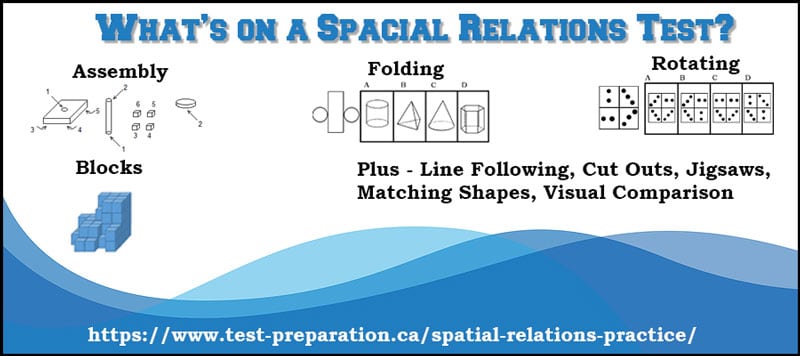
VISUAL ACUITY & SPATIAL RELATIONS PRACTICE
Date Published: Wednesday, March 25th, 2020
Date Modified: Tuesday, November 26th, 2024
Got a Question? Email me anytime - Brian@test-preparation.ca
You may also like
Toolbox Math – Basic Math for Trades
Basic Math Practice Questions for Canadian Trades Trades Entrance Canada Trades Alberta Trades Skilled Trades Readiness
CELPIP Writing Prompts
The CELPIP writing evaluates your ability to communicate effectively in written English different tasks. Here are some sample CELPIP Writing prompts for writing an exmail. You are given a prompt and a scenario. Your email may be formal or informal, …
CCAT Vocabulary Practice – Grades 4 – 5
1. What is the definition of the word ‘polygon’? a. A curved line b. A straight line c. A closed plane figure with straight sides d. A round shape 2. Which term means to ‘depict or show something’? a. Represent …

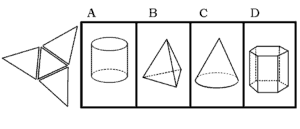
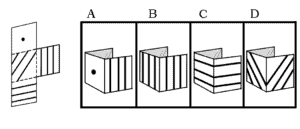
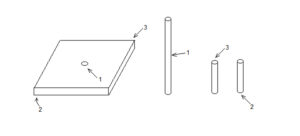
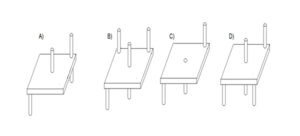
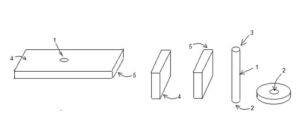
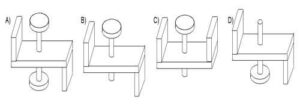
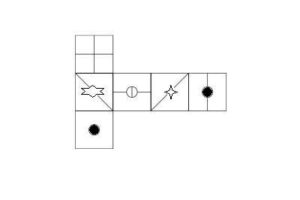
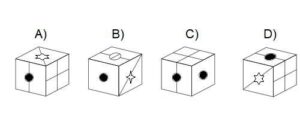
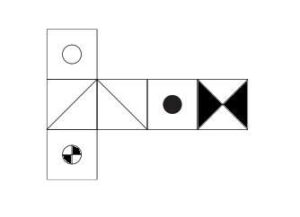
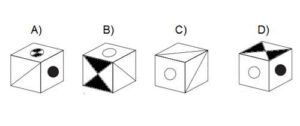
5 Comments
Do you have tutorials as well?
Sure – here are some examples explainedhttps://test-preparation.ca/spatial-relations-acuity-folding-tutorial/
More assembly?
Sure – coming!
good